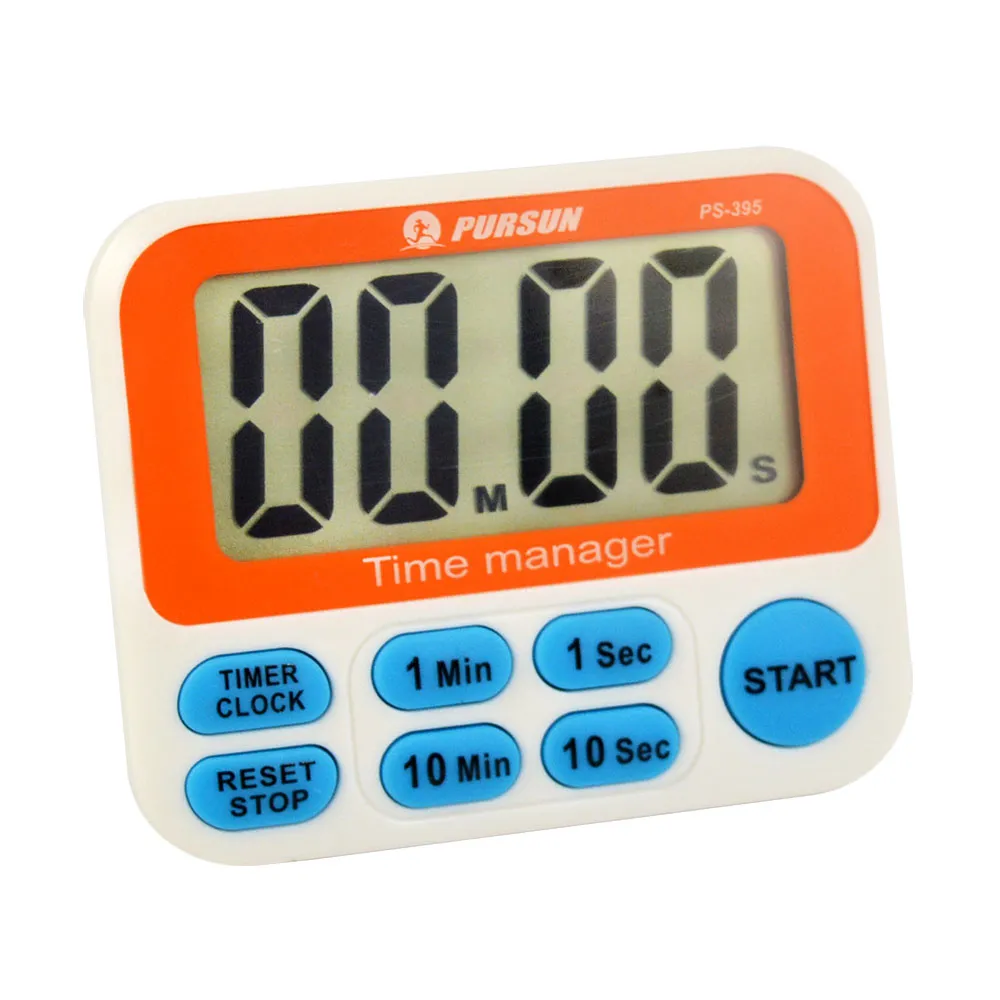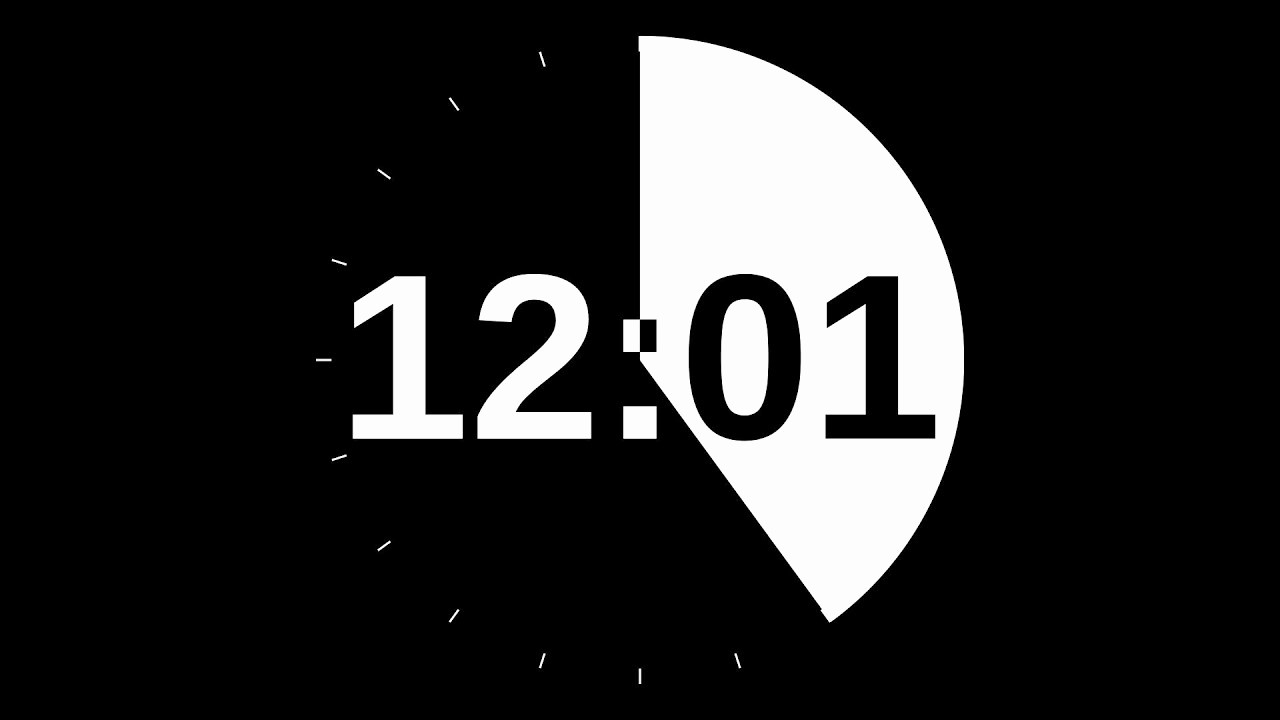


You can reset the timer at any time using the 'Reset' button. The timer will alert you when it expires. Press the 'Start' button to start the timer. A countdown timer for 50 minutes and 11 seconds. The browser tab is in the background mode.Īll that may increase the minimal timer resolution (the minimal delay) to 300ms or even 1000ms depending on the browser and OS-level performance settings. Set a timer for 50 minutes and 11 seconds.Please note that all scheduling methods do not guarantee the exact delay.įor example, the in-browser timer may slow down for a lot of reasons: The browser limits the minimal delay for five or more nested calls of setTimeout or for setInterval (after 5th call) to 4ms.

Zero delay scheduling with setTimeout(func, 0) (the same as setTimeout(func)) is used to schedule the call “as soon as possible, but after the current script is complete”.Nested setTimeout calls are a more flexible alternative to setInterval, allowing us to set the time between executions more precisely.To cancel the execution, we should call clearTimeout/clearInterval with the value returned by setTimeout/setInterval.args) allow us to run the func once/regularly after delay milliseconds. That limitation comes from ancient times and many scripts rely on it, so it exists for historical reasons.įor server-side JavaScript, that limitation does not exist, and there exist other ways to schedule an immediate asynchronous job, like setImmediate for Node.js. The similar thing happens if we use setInterval instead of setTimeout: setInterval(f) runs f few times with zero-delay, and afterwards with 4+ ms delay. The 4+ ms obligatory delay between invocations comes into play. If (start + 100 < Date.now()) alert(times) // show the delays after 100msĮlse setTimeout(run) // else re-schedule Times.push(Date.now() - start) // remember delay from the previous call


 0 kommentar(er)
0 kommentar(er)
